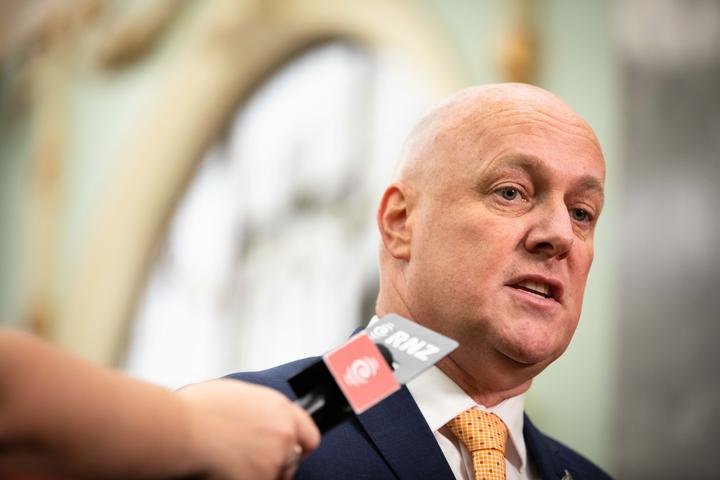Wellington Fault only one of many – so be prepared
News Release
18 September 2009
Wellington Fault only one of many – so be prepared
Wellingtonians must still prepare themselves for a disaster - despite the finding that shows the risk of a large earthquake on the Wellington Fault is less than previously thought.
Investigations as part of the seven-year It’s Our Fault project have found the chance of a large (magnitude 7.5) Wellington Fault earthquake is about 50 per cent lower than originally thought.
However Wellington City Council’s Emergency Preparedness Manager, Fred Mecoy, says people should remember that the Wellington Fault is only one of many faultlines in the region. “While most people know it runs through the city and along the Hutt Road, it’s not actually the Wellington Fault that’s caused the big quakes in the region over the past 150 years.
“It’s actually the Wairarapa Fault – over the other side of the Orongorongo Range – that’s caused the damage. It’s a reminder that a big earthquake will cause damage over a very wide area, possibly in most parts of the country.”
Mr Mecoy says the magnitude-5.2 jolt that woke Wellingtonians on 28 August was centred underwater in Cook Strait which shows we’re prone to frequent earthquakes from the 50 active faults in the Wellington region. These can still be devastating to a city like Wellington as many of them are capable of producing a damaging earthquake.
“Don’t forget that, like many cities, Wellington also faces other hazards such as storms and flooding, tsunami, landslips and man-made hazards. Awareness and preparation are vital for coping with unexpected emergencies.”
Mr Mecoy says the simplest way to be prepared is to have a Household Emergency Plan in place and emergency survival items. “Make sure your torches and radio are in working order and you have spare batteries. Stock up on cans of food and water, at least three litres per person per day for a minimum of three days. You should also have a supply of essential items like medicines, and other necessities of life.
“A Household Emergency Plan should be organised to establish a place to meet if family members aren’t at home when disaster strikes or your home becomes uninhabitable. Ensure every member of the family knows what to do and where to go. You don’t have to write it down, just have the conversation. Have it with your family around the dinner table, with your neighbours across the fence, and with your friends around the barbeque. It’s easy to get prepared.
“People also need to realise that it may not be possible for outside help to arrive for at least three days, probably much longer depending on the severity of the event,'' he says. “No-one should be blasé when it comes to being prepared for an emergency. It’s easy to get prepared.”
ENDS


 Gordon Campbell: On The Coalition’s Awful, Not Good, Very Bad Poll Results
Gordon Campbell: On The Coalition’s Awful, Not Good, Very Bad Poll Results Koi Tu - The Centre for Informed Futures: If Not Journalists, Then Who?
Koi Tu - The Centre for Informed Futures: If Not Journalists, Then Who? FIRST Union: May Day, The Biggest Threat To NZ Workers In 2024 Is Our Government
FIRST Union: May Day, The Biggest Threat To NZ Workers In 2024 Is Our Government Green Party: New Unemployment Figures Paint Bleak Picture
Green Party: New Unemployment Figures Paint Bleak Picture  Labour Party: National Should Heed Tribunal Warning And Scrap Coalition Commitment With ACT
Labour Party: National Should Heed Tribunal Warning And Scrap Coalition Commitment With ACT Government: Saves Access To Medicines
Government: Saves Access To Medicines Office of the Speaker: Law And Order, Finance, And Defence A Focus For Ukrainian Parliamentary Delegation To NZ
Office of the Speaker: Law And Order, Finance, And Defence A Focus For Ukrainian Parliamentary Delegation To NZ


